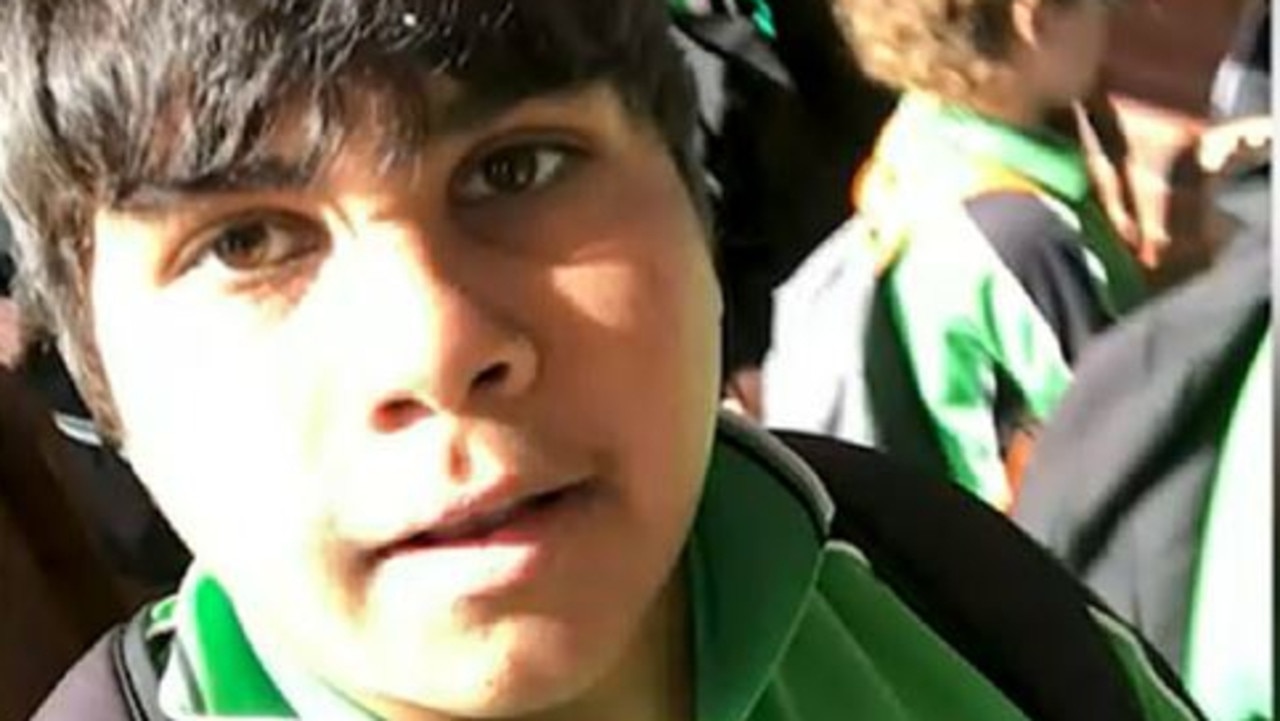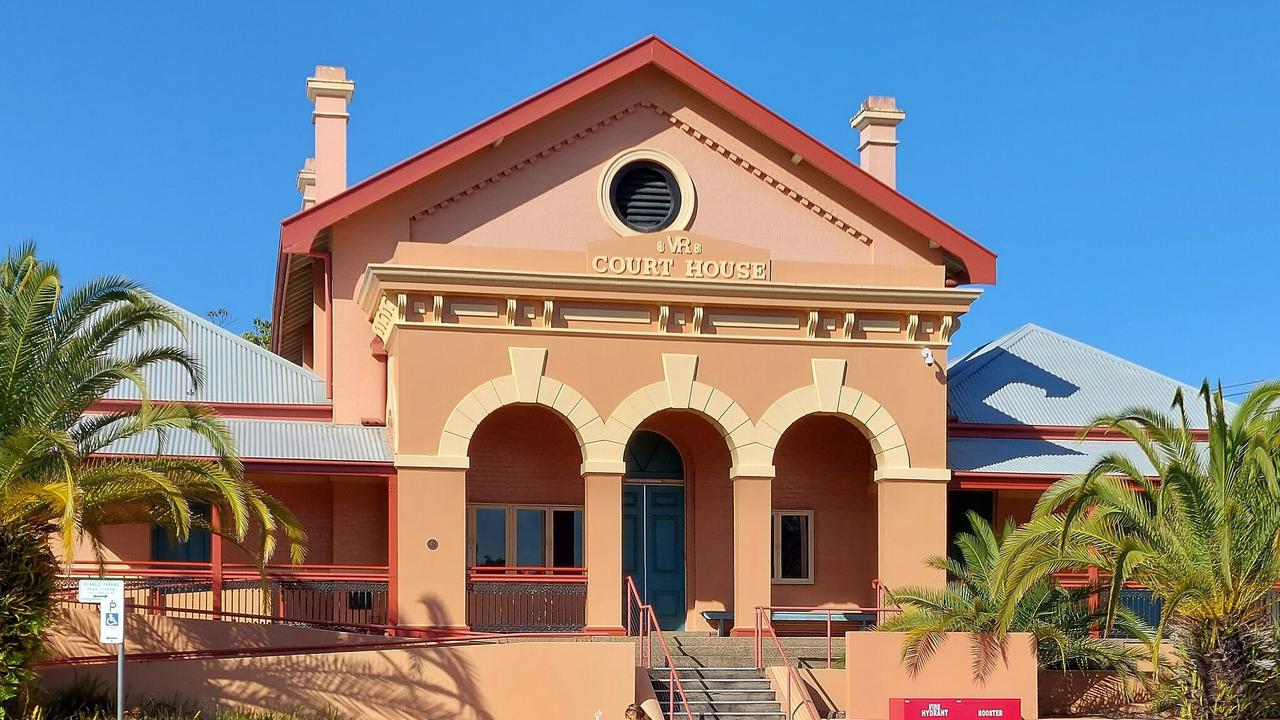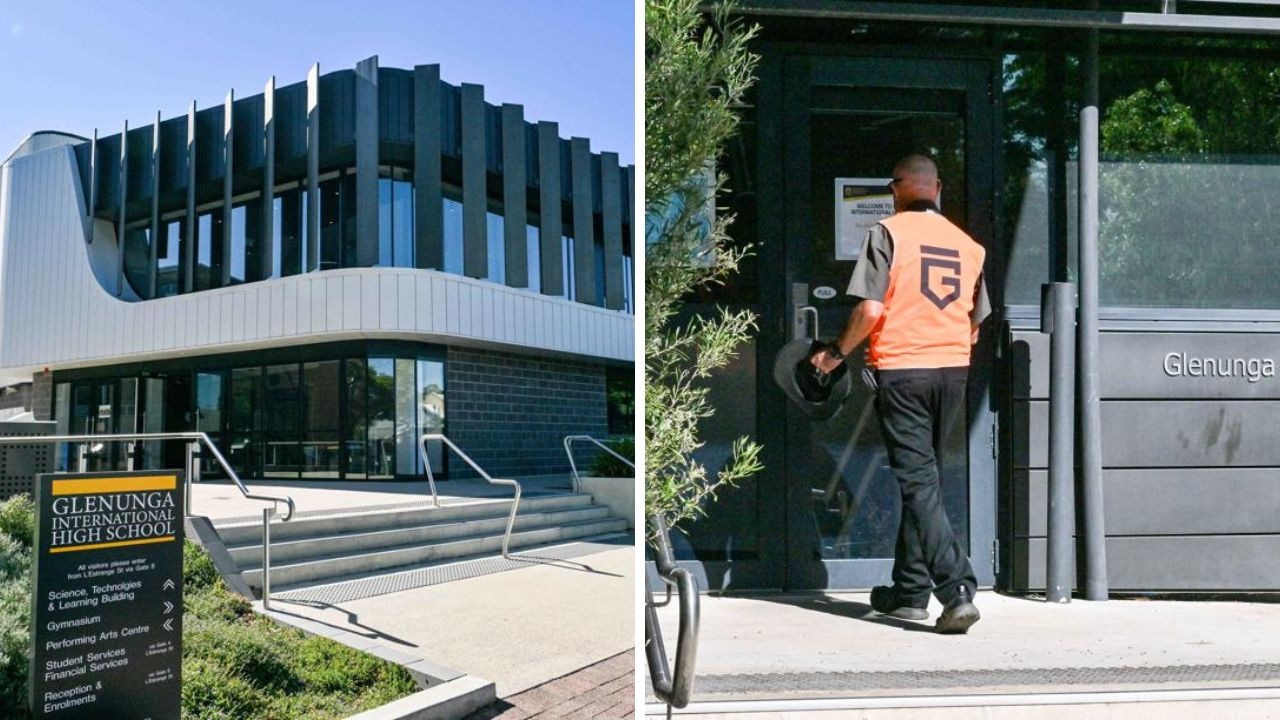‘The smell of her sweat was still on her backpack’, examiner says of Milat murder victim’s belongings
“THE smell of her sweat was still on her backpack.” This is the chilling clue that an unlikely expert used to help convict Australia’s most notorious serial killer.
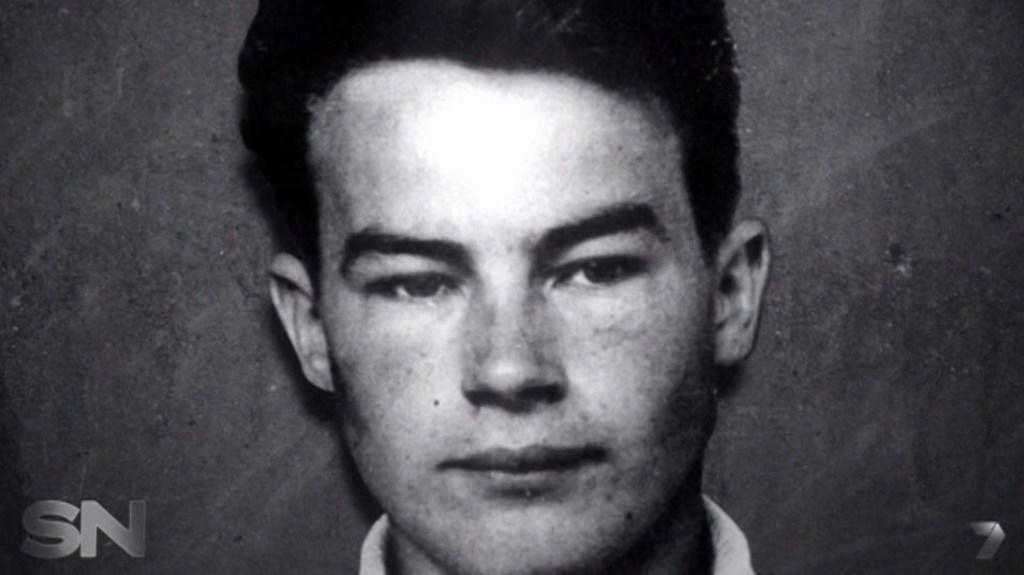
HER backpack still smelled of her sweat.
Inside, she had used a black marker to clearly write her name: Simone Schmidl.
The bag was one of just a few items belonging to the 20-year-old German backpacker that were recovered by investigators in serial killer Ivan Milat’s western Sydney house.
The discovery came after her brutally murdered body was found partially buried in the Belanglo State Forest in November, 1993.
Schmidl had last been seen hitch hiking on January 20, 1991. She died from multiple stab wounds, including a knife through her spinal cord.
She was one of at least seven young backpackers Milat was later convicted of murdering in the Forest in the 1990s.
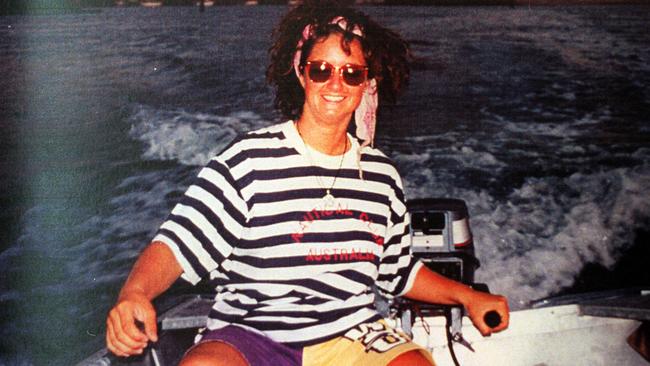
As investigators mounted evidence against Milat to take to trial, camping equipment expert John — who didn’t want his last name published for fear of retribution by Milat’s associates — was approached by police to assist with the case.
John was the general manager of Clipper Trading — the wholesalers that sold the brand of camping gear believed to have belonged to some of the murder victims and found stashed in Milat’s home — at the time.
John said he was asked to identify the makes and origins of at least two large backpacks, sleeping bags and cases and other personal items.
“I was approached by Taskforce Air because they were trying to link the camping gear to where the backpackers had come from so Milat couldn’t just say he bought it himself somewhere in Australia.
“They basically pulled out all this gear and asked ‘do you know what this is?’ ‘Where is it from?’.
“There were no blood stains or anything like that on the sleeping bags.
“I was later told Ivan was a bit of a hoarder so he’d keep these things as a trophy for himself.”
John was able to immediately identify a sleeping bag which was later linked to one of the victims.
“I was able to do that quite precisely, especially with one of the sleeping bags they had, because I had designed the product myself and knew it had only been sold to one customer in Launceston, Tasmania,” he said.
“It turned out the victim had been to Tasmania, apple picking.
“We sold him the sleeping bag in January and he went missing (about a month later).”
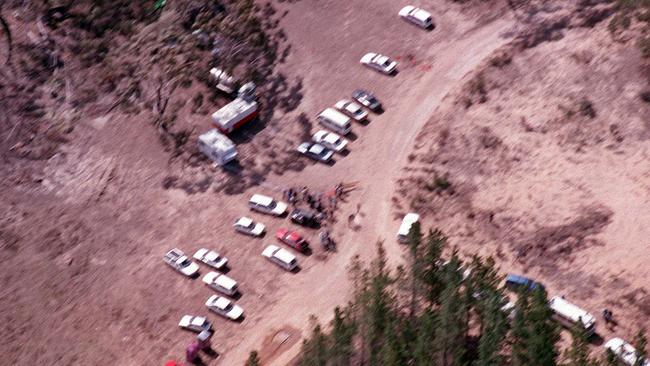
The process of examining the possessions of the murder victims was “unnerving”, according to John.
“There was a backpack from a girl, Simone Schmidl, it was a big pack brand,” he said.
“That business has been taken over and (police) wanted to know if it was sold in Australia anywhere or if it was only sold in Germany.
“Her backpack had her name written on the inside of the top throat of the backpack, in black marker and the adjustment of the backpack was for a female.
“It was a clear identification but (investigators hadn’t noticed it) beforehand.
“It was unnerving touching her backpack and thinking that someone who had been murdered had used this gear and that she’d had it on her back and her remnants of sweat, the smell of that, was still on the backpack.
“I said ‘this is a ladies backpack sold in Germany and it belonged to Simone Schmidl’.
“That was followed by deadly silence.”
Investigators recorded his testimony and took a detailed statement from him.
John said he was later subpoenaed to give evidence for the Crown but ultimately wasn’t required to testify. Over the months that followed he continued to provide investigators with expert advice and information to help bring Milat to justice.
John “never had any doubt” Milat would be convicted for the Belanglo State Forest murders.
“I knew without reasonable doubt that the gear found in Milat’s house was the backpackers’ gear and I knew he was guilty given the evidence they found in his house,” he said.
“It was irrefutable; it belonged to the victims and there was only one way it all got there and that was Milat.

“I remember the head investigator of that taskforce, before I was subpoenaed to give evidence, giving his view of what a twisted person Ivan Milat was.
“I said ‘what’s he like?’ and he said ‘he’s the hardest man I’ve ever met’.
“He meant emotionally hard and that nothing was ever going to break through that.”
John said he often thought about the murder victims.
“You see kids with their backpacks on and it reminds me of these young people who had come for a good time but it ended tragically for them and their families when their lives were cut short,” he said.
A jury found Ivan Milat guilty of the murders of Caroline Clarke, Joanne Walters, Simone Schmidl, Anja Habschied, Gabor Neugebauer, James Gibson and Deborah Everist on July 27, 1996.
Milat was given a life sentence on each count, with all sentences running consecutively and without the possibility of parole.
He was also convicted of the attempted murder, false imprisonment and robbery of Paul Onions and was sentenced to an additional six years’ jail each.
John said he was “happy to contribute to the passing of justice”.
“The little details in things are often missed that can turn out to be crucial when putting a case together,” he said.
“But the only real person who knows exactly what happened is Ivan Milat.”


